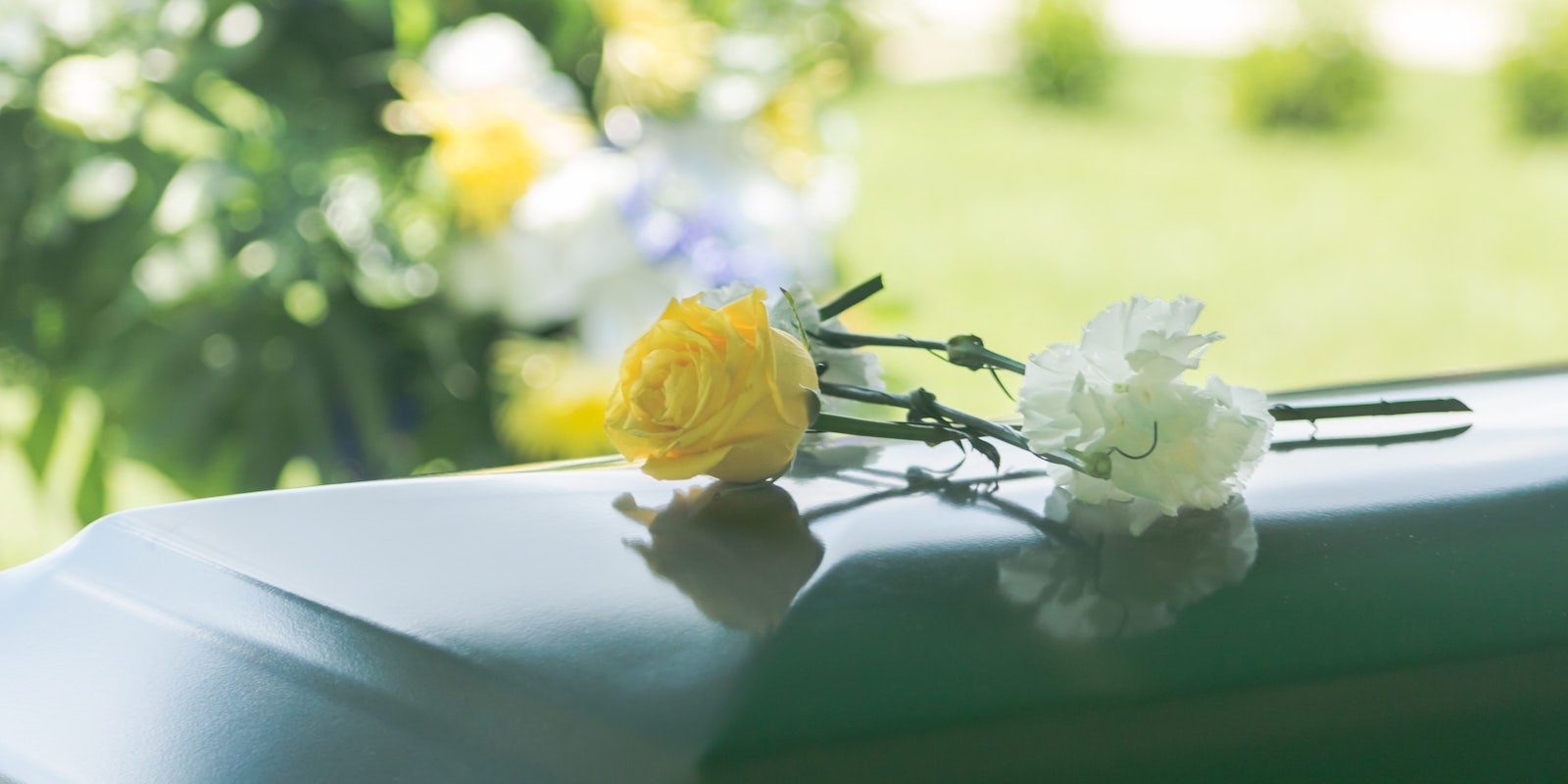TikTok users who hop on the app occasionally might mistakenly think of it as a platform for teens to give makeup tutorials and challenge one another to viral dances. But there is a growing community of content creators tackling a heavy and often-avoided topic: death.
Hospice nurses, medical examiners, funeral home employees, grief counselors, and other professionals involved with end-of-life care are using the DeathTok hashtag to help people navigate the business of death, both emotionally and logistically.
“It’s a scary topic,” hospice nurse and DeathTok influencer Julie McFadden (@hospicenursejulie), who has over 1.2 million followers, said during a DeathTok panel at the SXSW festival in Austin last Wednesday when questioned about the biggest barrier preventing conversations about death. “But it turns out Gen Z actually does want to talk about death.”
In fact, people under 25 want to talk about death so much that posts on #DeathTok have been viewed many billions of times, marking a trend in the way the current generation engages with loss.
This is partly because we’ve become incredibly reliant on social media to connect, an inevitability fueled by the COVID-19 lockdown (which disproportionally affected Gen Z financially, socially, and psychologically via the largest educational interruption in modern history). Gen Z is also experiencing death at a rate no other generation in history has had to deal with: Beyond the 900,000 Americans who died during the pandemic, teens have been dealing with mass school shootings, a jump in opioid overdoses, and skyrocketing suicide rates among their peers. With no historical precedent or system in place to help guide them through death, it’s not surprising Gen Z turned to technology to find community.
“Technology has been a gift in the death space,” said Jesse Moss, a marketing manager at Experience Camps for Grieving Children. “The absolute most important thing you can do to help someone grieving is to simply talk about it.” Moss also stressed the importance of humor in helping alleviate the stress of grieving. Indeed, #DeathTok is flooded with millions of comedic videos about death and dying; it seems simply “talking about it” can also take the form of funeral directors performing skits about ghosts, kids joking about being in the “dead dad club,” and morticians cracking up at funny obituaries.
Talking about death also means learning about death, which makes it decidedly less scary. DeathTok influencers have racked up millions of views demystifying the processes of decomposition, disinfection, embalming, restoration, cremation, and burial.
UK-based TikToker @mortuarytech, who has more than 270,000 followers, explains how to wash a dead body. Father-daughter owned Hollis Funeral Home (@hollisfuneralhome), with over 920,000 followers, leads viewers through the makeup products used to create a ‘no makeup makeup look.’ Nurse McFadden’s video describing “mottling” has over 1.7 million views.
“We are all going to encounter illness, loss, and aging,” philosopher Martha Nussbaum once wrote, “and we’re not well prepared for these inevitable events by a culture that directs us to think of externals only,” meaning a culture that actively dissuades us from observing our internal emotional worlds. The “remedy of these ills,” summarizes Maria Popova, lies in “embracing vulnerability, not fearing feelings, and harnessing the empathic power of storytelling.” To bear the staggering weight of grief, we must talk about it. Gen Z is teaching us how.


